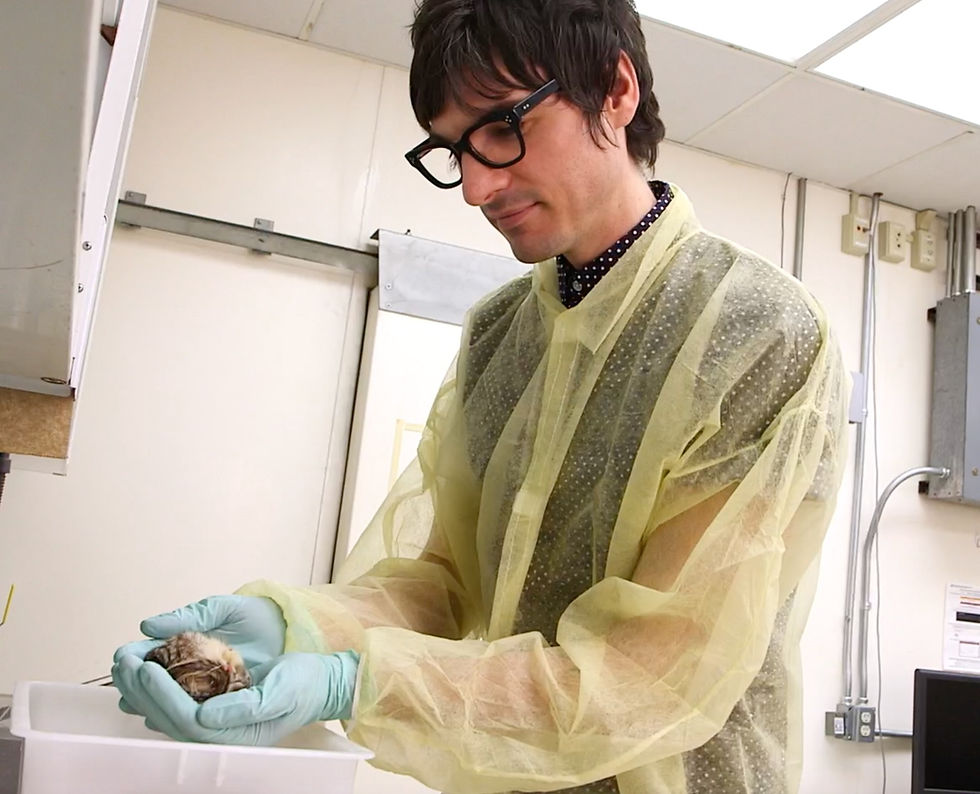Sailing through memories of the Bluenose
- Mackenzie Sanche

- 26 mars 2021
- 4 min de lecture
Dernière mise à jour : 10 janv. 2024
The race-winning schooner celebrates its 100th anniversary this yearMackenzie Sanche - Friday, March 26, 2021

A century ago, what was to become Nova Scotia’s most prideful fishing schooner was launched at the Smith and Rhuland Shipyard in Lunenburg.
On March 26, 1921, Nova Scotians greeted the Bluenose, a ship designed to be faster and more competitive in the fisheries of the Grand Banks, just off Newfoundland. The $35,000 project was led by Captain Angus Walters, self-taught marine architect William J. Roué and four businessmen.
The Bluenose met its first victory at the 1921 International Fishermen’s Race and won race after race for a decade, only once defeated by the Gertrude L. Thebaud from Boston.

The ship from the Canadian dime lives on thanks to its remarkable story. Captain Phil Watson has been at the helm of the Bluenose II for 20 years after starting out as a deckhand 33 years ago. To him, the Bluenose includes all the ingredients of a great classic tale. “Man against nature, man against each other, nation against nation all represented by characters who are relatable,” he says.
Nicknamed the Queen of the North Atlantic, the deep-sea fishing boat also “represented Nova Scotia’s prominence in the fishing industry and international trade,” according to the Nova Scotia Archives’ virtual exhibition on the Bluenose. In the 1930s, mechanical schooners gained in popularity. The Bluenose then travelled as a showboat until it was sold in the Caribbean. The legendary schooner hit a coral reef and sunk near Haiti in 1946.
The legacy of the Bluenose lives on
Almost 20 years after the Bluenose’s tragic shipwreck, the Oland Brewery in Halifax built the Bluenose II in consultation with Roué and Captain Walters. The $300,000 construction allowed Nova Scotia’s coasts to see their beloved schooner’s silhouette return.
“The sight of a proud fishing schooner sliding gracefully down the ways into Lunenburg harbor brought to life once more the memories and legends of an era, gone but far from forgotten,” read an article in Le Canadien on September 3, 1963.
Captain Watson explains that the hull and the rig of this replica are about as close to the original Bluenose as you can get. The construction of the Bluenose II followed modern regulations for the interior and engines. “The experience of sailing her is largely the same, but we have showers, toilets and radios and all the things that Captain Angus did not have,” he laughs.
The Bluenose’s replica was gifted to the Government of Nova Scotia eight years after its creation. It became the province’s ambassador. Captain Watson says: “Bluenose II is not a museum exhibit behind glass, she is an artifact that can travel and interact with people in their communities and within their cultural reference.”

He accomplished his seemingly impossible dream of captaining this ship. “Taking the Bluenose II back to Mahone Bay [where he grew up] is like taking the Stanley Cup back to your home town,” he muses. “It’s the dreams of a little kid come true.”
He is also very serious about the tremendous responsibilities tied to sailing it. “The crew and I are the caretakers of a representation of a great story in Canadian history,” he indicates. “We also represent the people of Nova Scotia and their stories.”
A life buoy and proof of resilience
Captain Watson claims that “it’s a huge story, way bigger than the races.” To him, the ship also showcases various aspects of Atlantic Canadian history: lumberjacks, log drivers, miners, blacksmiths, shipwrights, crew members, fishermen and finally, the schooners used for shipping. “You needed all those skills from all around the province,” he says, emphasizing the immensity of life surrounding the Bluenose.
Emily Sollows, the Bluenose II’s communications and assistant operations, has crewed for two years with Captain Watson. She mentions that the Bluenose was built during difficult times. The Spanish flu pandemic was raging, the First World War had just ended and there was an economic depression. To her, the Bluenose had “really represented hope and resilience” at that time.
It still does. “Our sail last summer in 2020 was to help raise the spirits of Nova Scotians,” adds Sollows. “It became very apparent to us that seeing a symbol of the past sailing across the province, a Canadian icon, was really meaningful to people.”
A year to celebrate a hundred
The Bluenose 100 Committee will hold weekly Bluenose-themed livestreams throughout the year to revisit the beginnings of the Bluenose. They hope to hold in-person activities as well. “There was an initial disappointment to transitioning to virtual events,” admits Sollows, “but ultimately, we realized that we’re going to be able to reach a much larger audience.”
The livestreams will include many interviews with the people who were closest to the Bluenose’s main characters. “They are the descendants, and the story being so iconic, they were told lots of Bluenose stories growing up, so they’re quite knowledgeable about the story and their grandparents’ roles,” she says excitedly.
Both she and Captain Watson doubt there will ever be another vessel so emblematic. The captain adds, “Bluenose and Captain Angus still have lessons to teach us.”
This story was rewritten for the The Dalhousie Gazette and can be found on their website. It was renamed "Sailing into history".



Commentaires